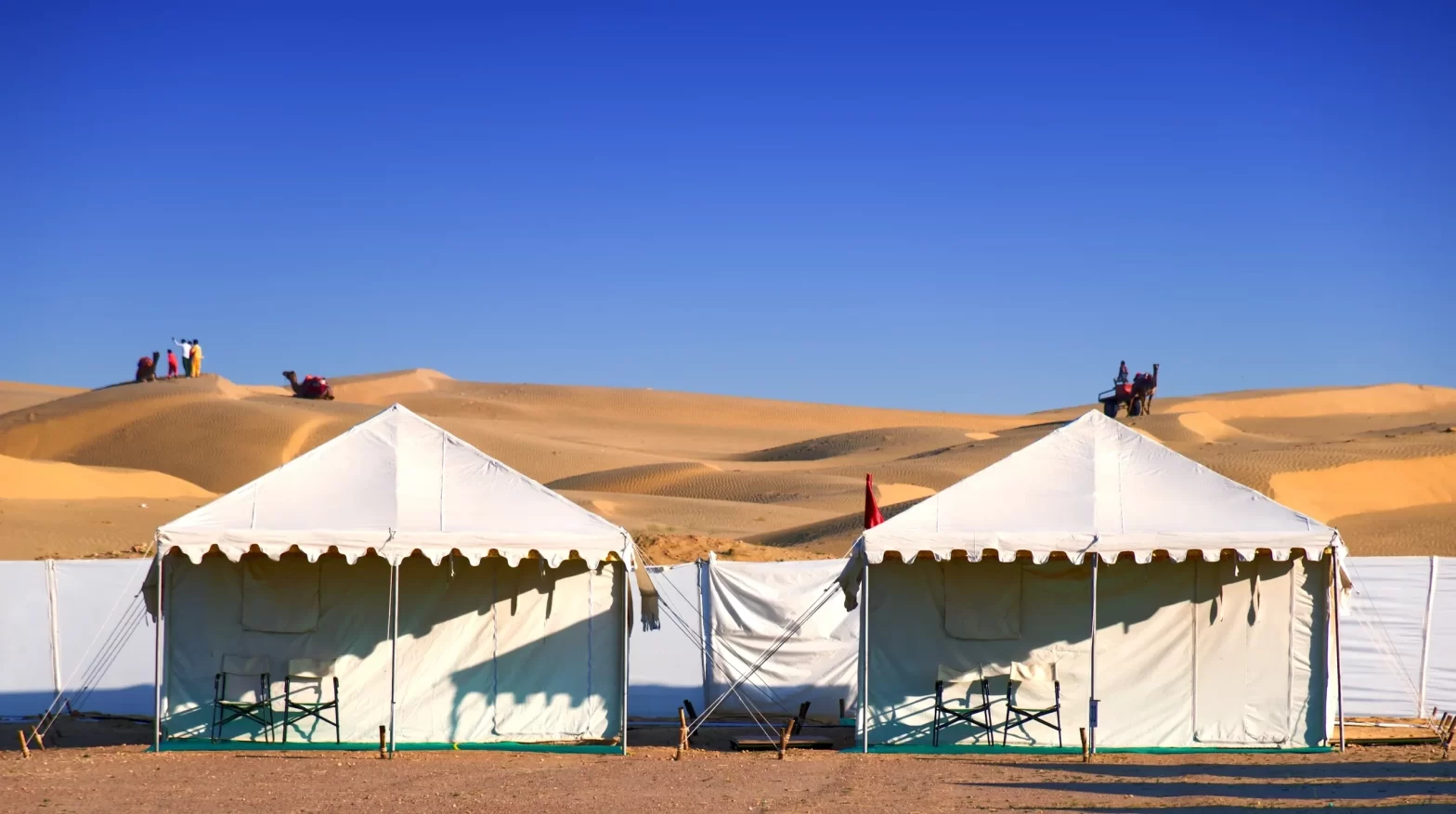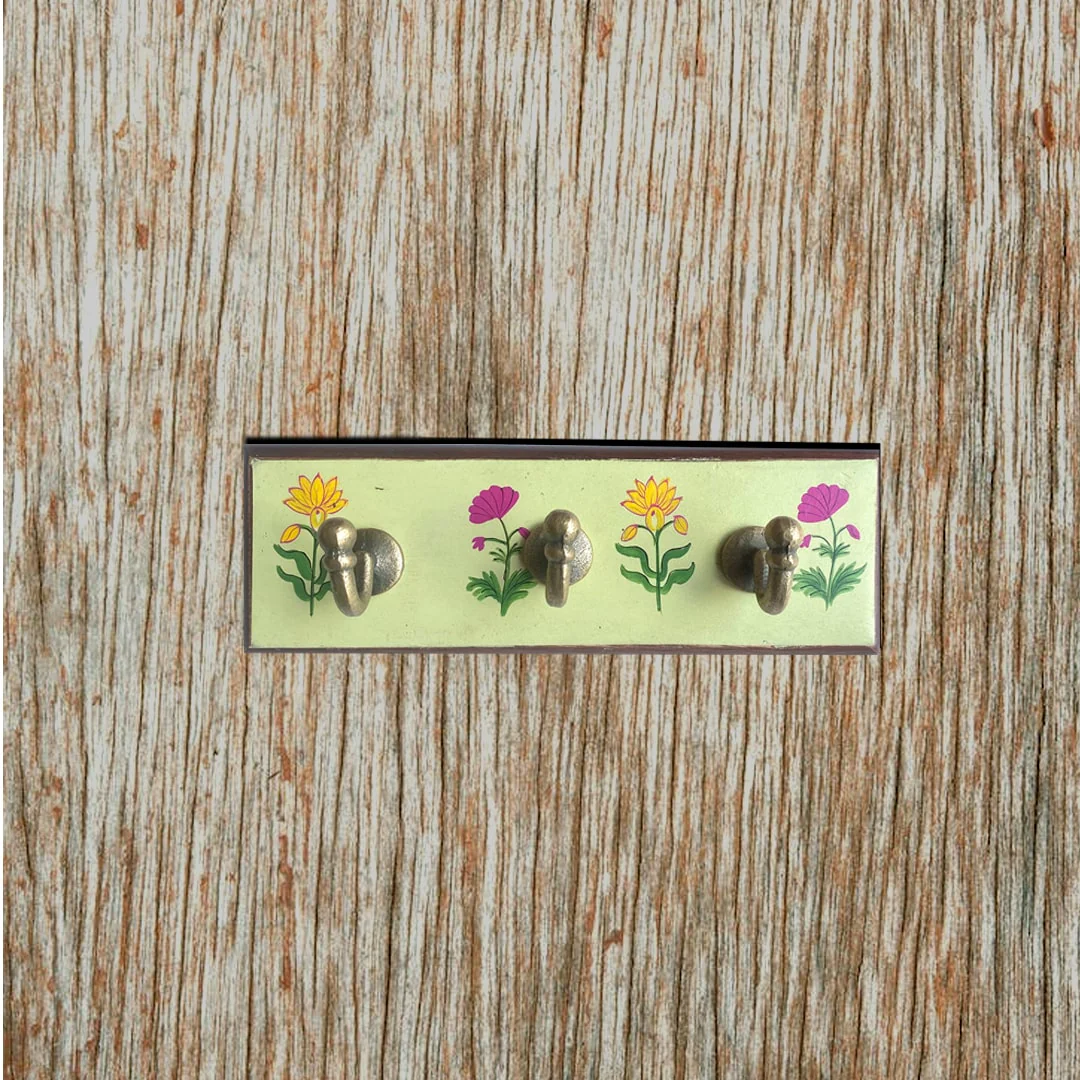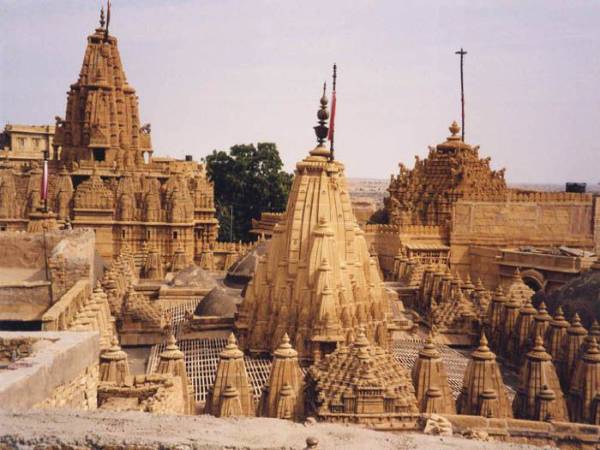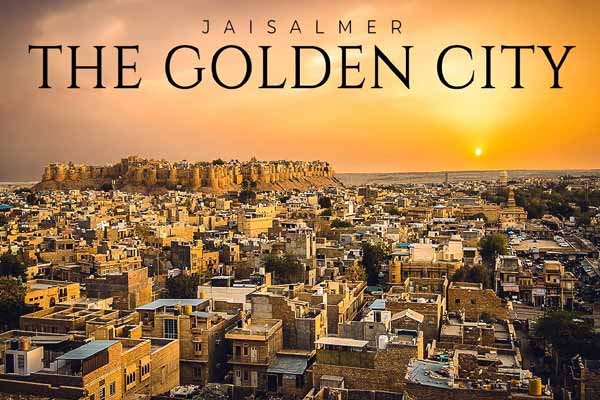Writing an MBA dissertation is one of the most significant challenges faced by UK students pursuing advanced degrees in business administration. This process demands substantial research, structured planning, and consistent academic writing skills. Many MBA students experience considerable stress due to competing academic, professional, and personal responsibilities. As such, seeking targeted MBA dissertation help becomes crucial for effectively managing these challenges.
This article outlines how UK-based MBA students can strategically approach their dissertation process—from stress management and topic selection to mastering research methodologies, ensuring academic writing standards, and efficiently utilising available academic resources.
Common Stress Factors Faced by MBA Students in the UK
Students embarking on an MBA dissertation often encounter multiple stress factors, primarily due to the academic rigour involved. Typical challenges include:
-
Choosing an Appropriate Dissertation Topic:
Finding a relevant, original, and manageable topic often creates significant initial stress. -
Balancing Academic and Professional Responsibilities:
Managing full-time jobs alongside MBA coursework complicates effective time management. -
Research and Data Collection Difficulties:
Limited experience in academic research methods can cause considerable stress during the data collection and analysis stages. -
Maintaining Adherence to University Guidelines:
Strict formatting, referencing, and writing requirements often create additional pressures.
Acknowledging these stress factors is essential to overcoming them effectively.
How Can UK Students Manage Dissertation-Related Stress?
Effectively managing dissertation stress involves applying targeted strategies to ensure consistent productivity and mental well-being:
-
Time Management and Planning:
Creating realistic schedules with clearly defined milestones significantly reduces last-minute stress. -
Setting Achievable Goals:
Breaking down the dissertation into smaller tasks helps maintain continuous progress without feeling overwhelmed. -
Seeking Regular Supervisor Feedback:
Frequent communication with academic supervisors ensures clarity, reduces anxiety, and maintains motivation. -
Engaging in Peer Support Networks:
Connecting with classmates or academic groups provides mutual encouragement and practical support.
Essential Factors in Selecting the Right MBA Dissertation Topic
The process of selecting a dissertation topic can significantly impact the overall success of your MBA journey. Consider the following essential factors:
-
Personal and Professional Interests:
Choose a topic you find genuinely intriguing and relevant to your career objectives to maintain enthusiasm. -
Availability of Research Material:
Ensure sufficient academic and professional resources are available to support your research adequately. -
Clarity and Specificity:
Narrow down broad topics into clearly defined research questions that can be thoroughly explored within your timeframe. -
Potential Academic Contribution:
Aim to select a dissertation topic that can contribute original insights or valuable practical solutions to your chosen business area.
How to Effectively Navigate MBA Dissertation Research Methods
For MBA students, selecting and effectively applying suitable research methods is crucial. Here’s how to approach this effectively:
-
Understand Research Methodologies Clearly:
Familiarise yourself with qualitative, quantitative, or mixed-methods approaches and decide which aligns best with your dissertation objectives. -
Utilise Workshops and University Resources:
Participate actively in university-sponsored methodology workshops to enhance your understanding and practical skills. -
Choose Appropriate Data Collection Techniques:
Decide between surveys, interviews, focus groups, or secondary data analysis based on your research needs. -
Become Proficient with Data Analysis Tools:
Gain proficiency in relevant tools such as SPSS or NVivo to efficiently interpret your research findings.
Enhancing Academic Writing and Formatting Skills for UK MBA Students
Clear and consistent academic writing directly impacts the quality of an MBA dissertation. To enhance these essential skills:
-
Adhere Closely to University Guidelines:
Familiarise yourself thoroughly with your university’s formatting and referencing standards (e.g., Harvard, APA, MLA). -
Practice Regular Writing:
Develop academic writing skills through regular practice, emphasising clarity, conciseness, and logical structuring. -
Utilise Proofreading Tools and Editing Services:
Regular proofreading and editing can eliminate grammatical and structural errors, ensuring academic rigour and readability. -
Seek Peer and Supervisor Feedback:
Regularly share your drafts with peers and supervisors to obtain constructive feedback and continuously refine your dissertation.
Leveraging Online Resources for MBA Dissertation Support
With evolving academic needs, UK MBA students increasingly access online resources tailored specifically to their dissertation requirements. One reliable example is accessing Dissertation Help in UK Online, which offers targeted, structured assistance aligned with UK university standards.
These online resources typically provide:
-
Individualised Academic Guidance:
Personalised support specifically tailored to your dissertation’s academic and professional requirements. -
Expert Review and Recommendations:
Comprehensive feedback from experienced academics or industry experts, significantly enhancing dissertation quality. -
Resource Accessibility and Convenience:
Easily accessible resources, allowing you to manage your dissertation timelines effectively. -
Adherence to Academic Standards:
Support aligned fully with UK university academic integrity, formatting, and referencing guidelines.
Effective Strategies to Balance MBA Dissertation and Professional Responsibilities
Balancing MBA coursework, dissertation requirements, and professional commitments can significantly increase student stress. Effective strategies for achieving balance include:
-
Clear Priority Setting:
Clearly prioritise dissertation tasks alongside professional commitments to effectively manage limited time. -
Detailed Scheduling and Organisation:
Utilise planners or digital calendars to outline all professional and academic responsibilities clearly. -
Negotiating Professional Flexibility:
Where possible, seek workplace flexibility or temporary adjustments to manage academic responsibilities effectively. -
Regular Breaks and Self-care:
Schedule regular breaks and engage in self-care activities to sustain long-term productivity and prevent burnout.
Importance of Building Resilience During MBA Dissertation Writing
Resilience—the ability to effectively cope with challenges—is essential for MBA students. To build resilience effectively:
-
Maintain a Positive Outlook:
Approach setbacks constructively, seeing them as learning opportunities rather than failures. -
Develop Supportive Networks:
Regularly communicate with peers and mentors for advice, support, and motivation. -
Set Realistic Expectations:
Acknowledge limitations and set realistic dissertation goals to minimise disappointment or frustration. -
Utilise Academic Support Services:
Access university or online resources for counselling, academic guidance, and stress management techniques.
Reliable Assignment Support When Facing Multiple Academic Demands
When UK MBA students find themselves managing multiple academic demands, accessing additional support can help significantly. Reliable services, such as Do My Assignment Online UK, offer structured academic assistance, reducing workload pressure and enabling greater focus on dissertation priorities.
Students typically benefit from these services by:
-
Reducing Academic Overload:
Assistance with regular assignments, allowing more dedicated focus on dissertation research and writing. -
Enhancing Academic Understanding:
Expert academic support providing insights that deepen understanding and improve overall academic performance. -
Meeting University Deadlines:
Reliable assignment support ensures timely submissions, essential for maintaining consistent academic progress.
Concluding Thoughts: Moving from Stress to Success in MBA Dissertation Writing
Successfully managing an MBA dissertation requires structured planning, strategic use of academic resources, effective stress management strategies, robust research methodologies, and adherence to academic writing standards. MBA students in the UK can significantly improve their dissertation outcomes by addressing these elements systematically and consistently.
By clearly understanding and strategically managing common stress factors, effectively selecting dissertation topics, enhancing research methodology skills, developing strong academic writing techniques, leveraging available online resources, balancing professional and academic responsibilities, building resilience, and seeking reliable academic support when needed, UK MBA students can effectively transition from stress to success in their dissertation journey.
Ultimately, systematic planning, targeted strategies, and effective resource utilisation are crucial for MBA students aiming to successfully complete their dissertation and achieve meaningful academic and professional outcomes.









